Why Will the Earth Continue to Get Hot
- Our strange, expanding universe is heating up, researchers say.
- The violent gravitational pull of galaxy clusters may be to blame for the temperature spike.
- This flies in the face of the long-held theory that an expanding universe makes for a cooler universe.
Is it just us, or is it getting hot out there? New research shows our rapidly growing universe keeps heating up.
🌌 You love badass space stuff. So do we. Let's explore the universe together.
Nearly a century ago, scientists worked out that our universe is expanding. More recently, researchers discovered this rate of expansion is increasing as time ticks by. As our universe expands, the galaxies, stars, planets, and all they contain move farther and farther apart. This means our universe should be getting colder as it expands.
But that may not be the case after all. A team of international scientists compared the temperature of cosmic gas farther away from Earth (and, therefore, farther back in time) to younger gases nearer to our planet and to the present day.
According to their calculations, in the past 10 billion years, the mean temperature of these gases has increased by more than 10 times, Universe Today reports. Their analysis revealed the cosmic gas spread across our universe can reach temperatures of roughly 4 million degrees Fahrenheit. The scientists published their findings last month in the Astrophysical Journal.
This content is imported from poll. You may be able to find the same content in another format, or you may be able to find more information, at their web site.
What's the deal here? Astrophysicist and study author Yi-Kuan Chiang of Ohio State University broke it down in a statement:
"As the universe evolves, gravity pulls dark matter and gas in space together into galaxies and clusters of galaxies. The drag is violent—so violent that more and more gas is shocked and heated up."
🔭 The Best Telescopes for Stargazing
Measuring changes in our universe's temperature over the course of roughly 10 billion years isn't an easy task. The team compiled data from two missions: the European Space Agency's Planck Infrared Astronomical Satellite, which launched in 2009 and has since studied cosmic background radiation, and the Sloan Digital Sky Survey, a multi-observatory survey that's generated some of the most detailed charts of the universe to date.
The scientists measured these gases using a concept called redshift. Astronomers use redshift to study how far away certain objects are. Objects that are farther away have longer (and redder) light wavelengths than objects that are nearer to us. The scientists also developed a brand new method through which they could estimate the temperature of an object from its light.
So what does all this mean for us? Well, if the universe is getting hotter, that might mean we'll also see an increase in cosmic radiation. That doesn't bode well for us Earthlings.
Watch This:
Jennifer Leman is a science journalist and news editor at Popular Mechanics, where she writes and edits stories about science and space. A graduate of the Science Communication Program at UC Santa Cruz, her work has appeared in The Atlantic, Scientific American, Science News and Nature. Her favorite stories illuminate Earth's many wonders and hazards.
chesleyboally1960.blogspot.com
Source: https://www.popularmechanics.com/space/deep-space/a34701932/why-the-universe-is-getting-hotter/

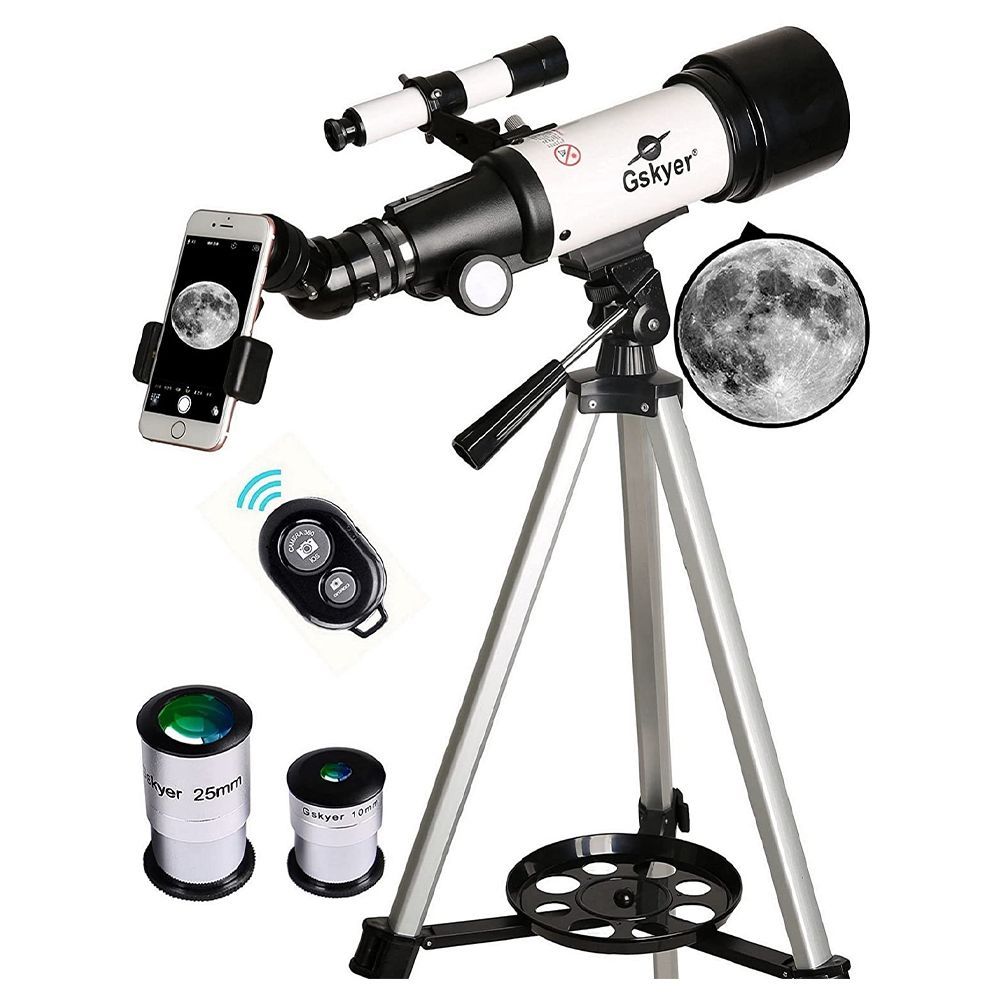

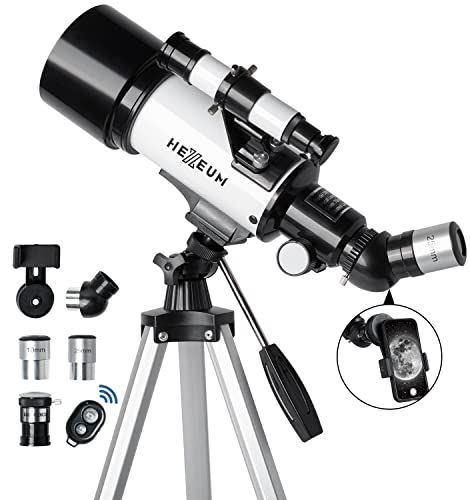
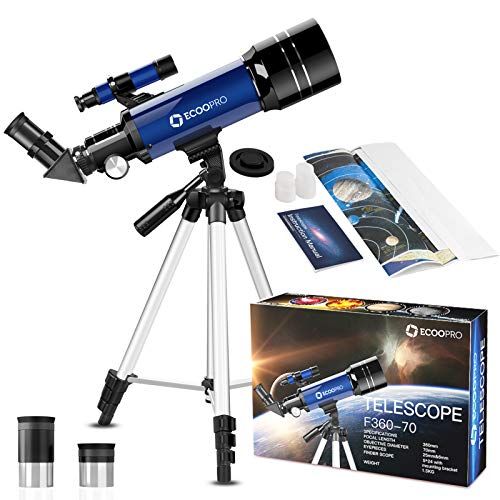
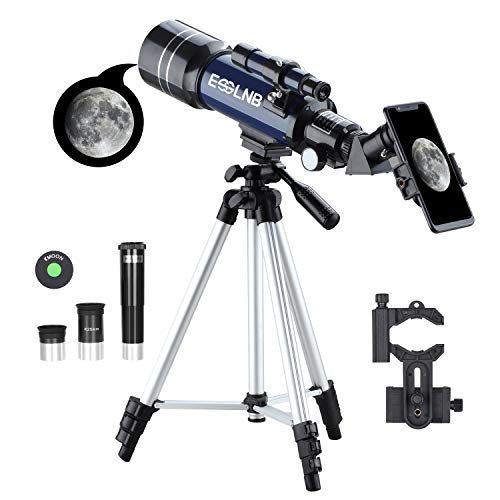
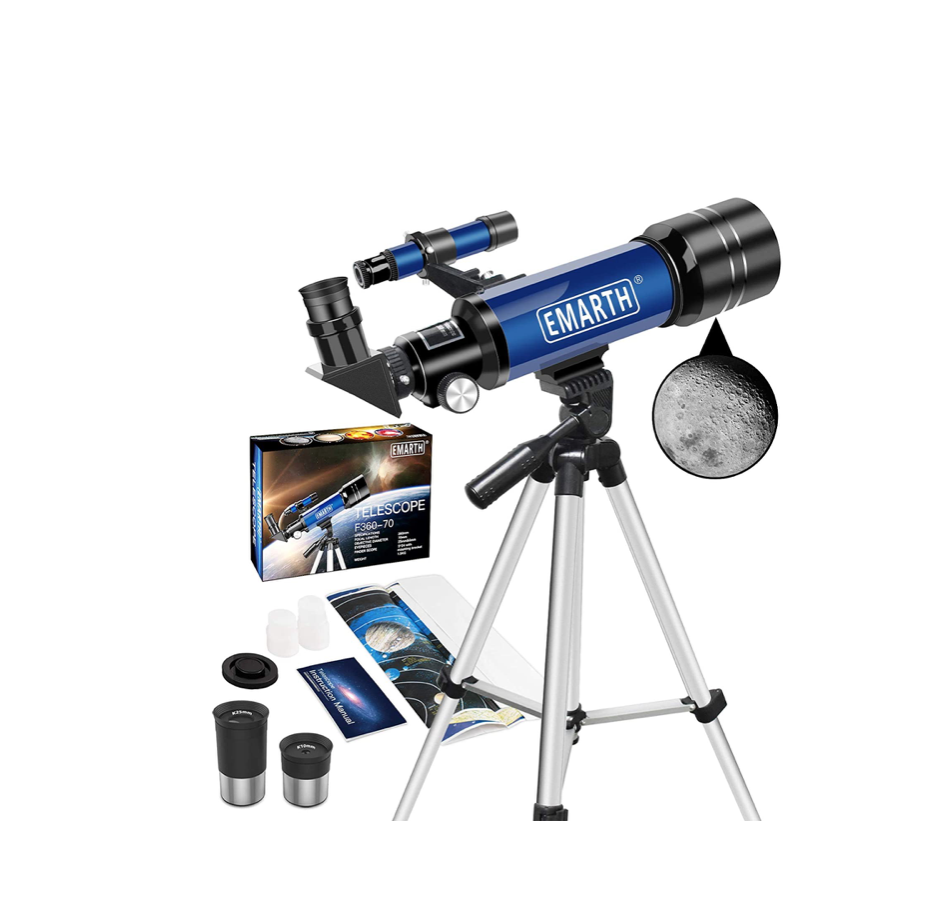
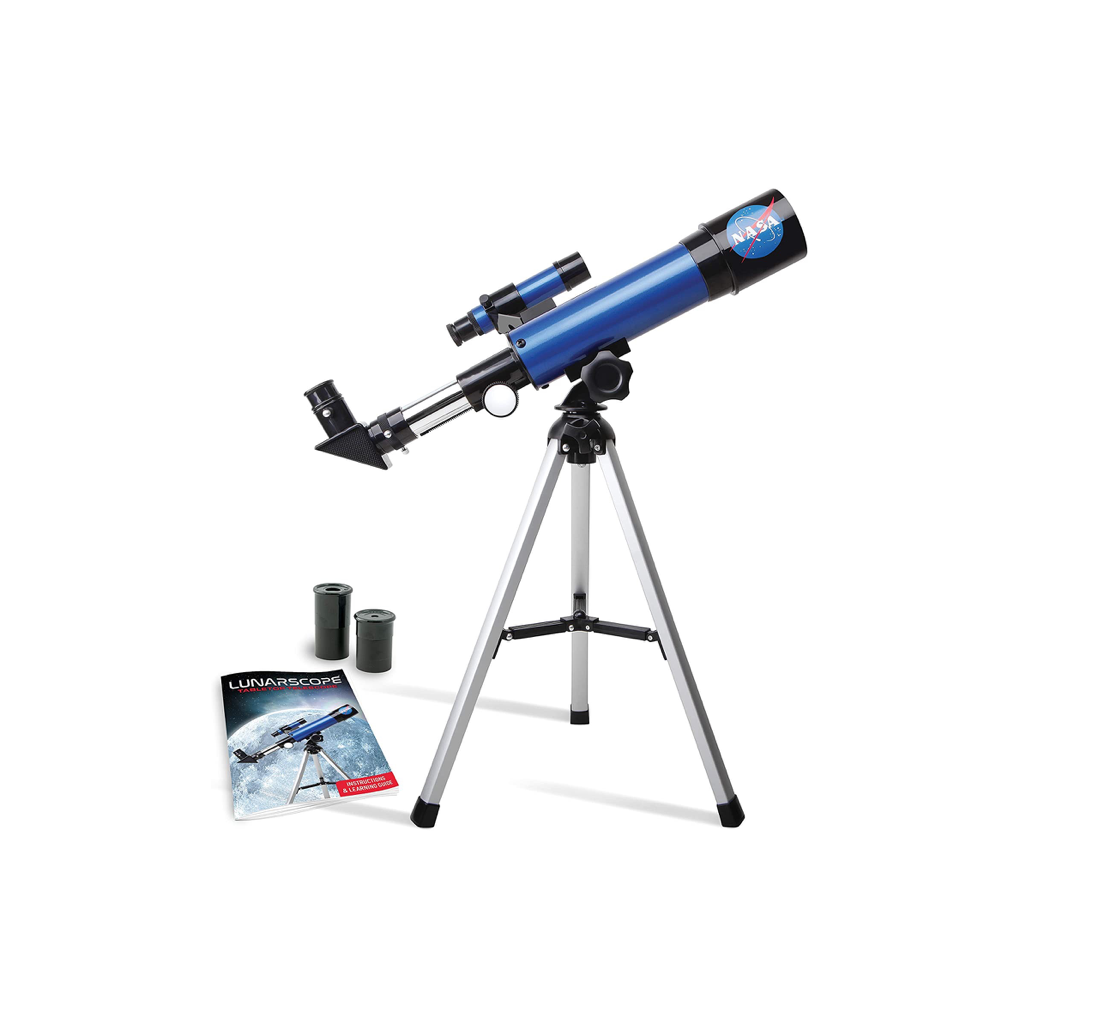
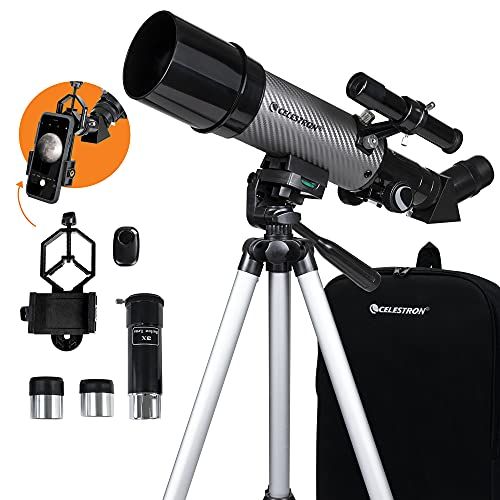

0 Response to "Why Will the Earth Continue to Get Hot"
Post a Comment